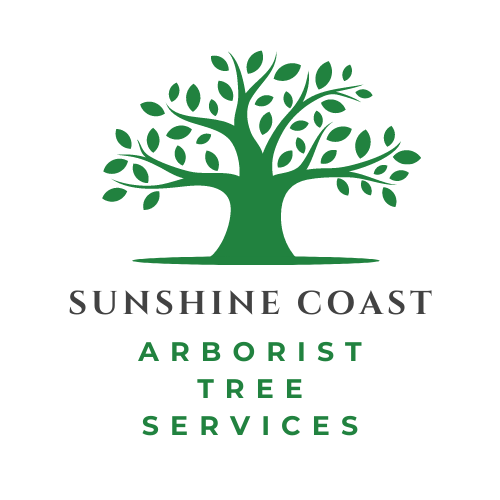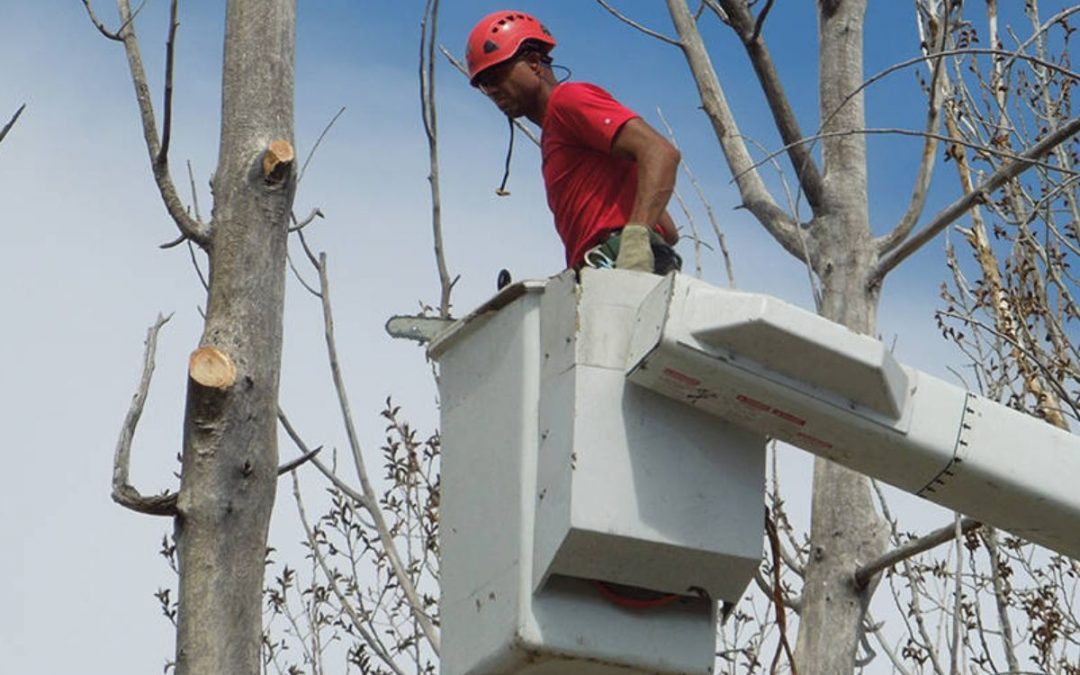The Art of Pruning Young and Mature Trees
Ever since the agricultural revolution, humans have been pruning trees. While the tools and techniques have changed, the underlying purpose has remained the same: we’ve needed to tame nature. Pruning was originally used to increase orchard production and create sustainable sources of firewood but eventually expanded to include the landscape management we often think of now when discussing pruning. These are the methods our ISA Certified Arborists and Board Certified Master Arborists use to manage the trees our clients share space with.
Art and Science
We use the term “pruning” to refer to removing both living and dead tissue from trees. According to the Tree Care Industry Association “Proper pruning is an art based on scientific principles of plant physiology.” Our arborists use these principles to develop pruning goals for the entire canopy of a tree and to determine exactly where and how to make each specific cut. Every tree we have the opportunity to work on is different, and every client has different goals for their landscape. All of these factors must be taken into account when developing pruning specifications.
Over the years, our understanding of how trees respond to pruning has continued to develop. This ongoing research has shown us that the exact size and location of a pruning cut can have dramatic effects on how quickly decay develops. Decay is a natural and inevitable process in every tree’s life and is not always a problem. But, we still make every effort to avoid hastening that process by limiting large cuts that expose the heartwood unless absolutely necessary. Natural Target Pruning is the set of techniques we use to place cuts in the way that best minimizes decay and facilitates the fastest sealing of the cut surface.
Pruning Young Trees
In an ideal world, every newly-planted tree would get a visit from an arborist every few years. The main reason for this is to evaluate the developing structure of the tree and to make corrections if needed. Training the growth of a tree by frequently making small-diameter cuts when the tree is young can help prevent structural issues that plague many popular tree species in our landscapes. Taking these steps early and often in a tree’s life allows the arborist to be less aggressive during each pruning cycle. This in turn reduces stress and improves aesthetics over less frequent and more aggressive pruning.
The main structural issues we address with pruning are co-dominant stems and poor branch unions with included bark. Co-dominant stems are branches that are competing to develop into the main trunk over time. This can lead to multiple trunks causing problems with water and nutrient distribution in the canopy. Another issue that can arise is included bark. Included bark occurs when the angle of attachment is very narrow, causing the trunk and branch bark to roll into the union. This creates a much higher risk of branch failure because the trunk and branch do not have a mechanical connection on the top of the union. Removing co-dominant stems and branches with included bark attachments will reduce the risk of large tear-outs and failures in the future.
Once a tree has reached maturity and its structure is established, the main goals of pruning shift to managing risk, maintaining clearances and addressing aesthetic concerns. The risk may come from dead branches falling, over-extended limbs breaking under load or whole tree failure. We manage risk by pruning out larger dead branches, and by reducing leverage on limbs that may have poor attachments or are over-extended. By performing whole-canopy reduction, we can reduce susceptibility to uprooting during extreme wind events.
The other main concerns we alleviate with pruning are:
keeping branches away from structures
Power line safety
Clearing roadways and sidewalks
Improving views
Making trees more aesthetically-pleasing
Clearance pruning is done to allow us to coexist with our trees, without threatening the infrastructure we need. Our goal is to provide enough clearance to last for several years while maintaining the structure of the canopy. We also recognize that the way a tree looks can be just as important to our clients as the health of the tree, and can use pruning to help trees anchor a landscape or frame a view.
Pruning is much more than just cutting off branches. Pruning is the artful application of scientific techniques based on an innate understanding of how trees and shrubs grow. We remove branches for many reasons, but we always do so by using the most up-to-date guidelines. Over the course of a tree’s life, its pruning needs will change. Contacting our ISA Certified Arborists and ISA Board Certified Master Arborists is the first step in evaluating those needs and developing a plan for maintaining your trees.

